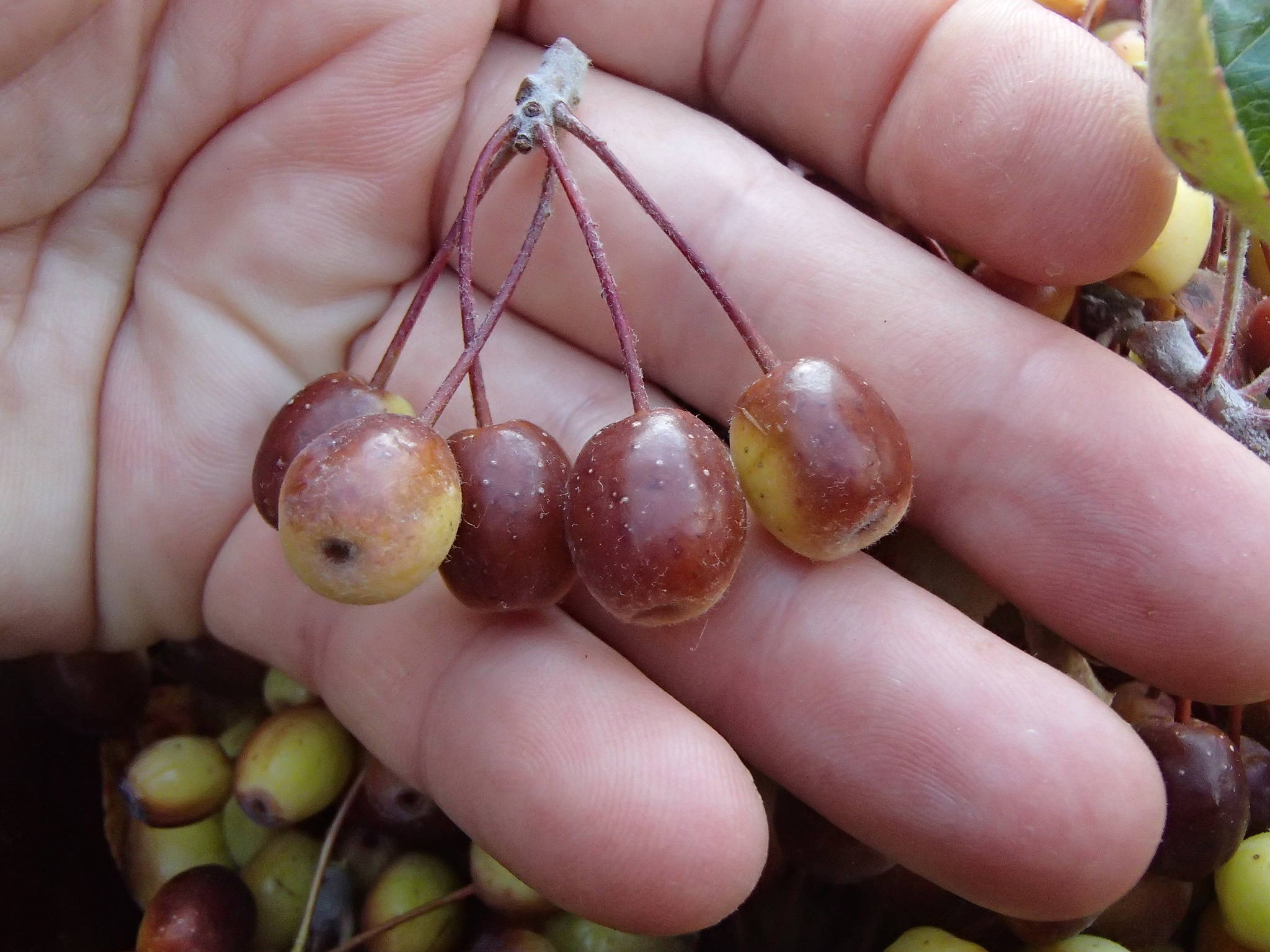Submitted by Kwiaht
At this stage of the COVID-19 lockdown, the supply chain of highways and ferries is intact, and island retailers have been quick to make adjustments in their physical layouts and scheduling to stay open while protecting employees and customers. It is unclear how long food producers and distributors on the mainland can avoid disruptions and price increases, however.
We tend to think of the islands’ existing farms and orchards as our first line of defense in achieving greater food independence, but regardless of their quality, island farms simply lack the acreage, capacity and product diversity to feed everyone. It may be possible to double or triple local food production by restoring historical farmland and putting it back into crops such as peas, oats, and apples, but the economics aside, this will take decades. And farms need farmers, together with sufficient income to keep up with costs.
A complementary layer of food security is making efficient use of wild food resources on the islands. In addition to keeping backyard vegetable gardens and egg-layers, islanders have a great variety of neglected animal and plant foods to bolster food quality and food adequacy. We can think of these neglected resources as falling into three groups: native plants that thrive in the islands but are no longer routinely harvested as food; introduced, invasive but tasty animals and plants that we frequently lament and try to control, but rarely seem to think of eating; and native marine fish and shellfish that have curiously fallen off our menus although they are abundant, as well as safe and delicious to eat.
Consider, for a start, those invasive rodents such as European rabbits, Eastern gray squirrels (on Lopez), and red Appalachian fox squirrels (on Orcas). Much energy has been dedicated to trying to fence them out, poison or trap them, but surprisingly few islanders eat them. Rabbits are fine dining in most of Europe. Rabbits are also easy to raise, feed and fatten in backyard hutches. We tend to regard island rabbits as pests, but their invasiveness should be a clue that they are highly adapted to our local conditions. We should be getting the same hint from the exuberant increase in Canada geese and Columbian deer, which may be native but are reaching levels that threaten to devastate gardens and wildlands throughout the county. We can spend money on fencing, or treat these species as a food-security blessing.
Fewer islanders appear to be harvesting shellfish from beaches at low tide nowadays. To be sure, we are experiencing somewhat more frequent toxic algal blooms in summer, but there are sufficiently low tides year-round, albeit some of them are at night. Native peoples sited their villages near productive shellfish beaches for this reason—fresh winter food close to home! They also savored a greater variety of shellfish, harvesting not just “butters and steamers” but also cockles and horse clams, large acorn and gooseneck barnacles that taste like crab, chitons, large snails and limpets (think escargots), in addition to many species of kelps. Most of these seafoods are covered by existing state “recreational” shellfish and seaweed harvesting permits. For those that aren’t, we should press WDFW to add them and set reasonable local harvest limits.
Seasonally diverse but neglected food plants grow in our woodlands and meadows, many of which were popular a century or two past. This includes the staples of Coast Salish gardening, such as camas and Indian celery (Lomatium nudicaule); however, we strongly discourage wild-harvesting these slow-growing plants because they have already been disappearing from island meadows, browsed by deer and outcompeted by non-native grasses and other weeds. Perennial shrubs such as salmonberry, native crabapple (Malus fusca), and above all salal are more sustainable choices, together with some invasive non-native shrubs including English hawthorn and, of course, Himalayan blackberry. Nettles and weeds such as dandelions and lamb’s quarters are our most abundant and sustainable herbaceous plants. And if you are interested in hardy, climate-resilient traditional food crops such as camas or Indian celery, contact Kwiaht for seeds or bulbs for your garden.
This spring is a good time for young islanders furloughed from school to learn about, and help their families with harvesting and processing wild foods. Over the next few months we’ll be posting information on many less familiar plants and seafoods on Kwiaht social media (Facebook, Instagram, Twitter). Try some of them out. And bring the kids! We’d love to hear from you if you have would like to highlight other neglected island foods: send your suggestions and recipes to info@kwiaht.org and we’ll share the tastiest examples in our social media posts!



